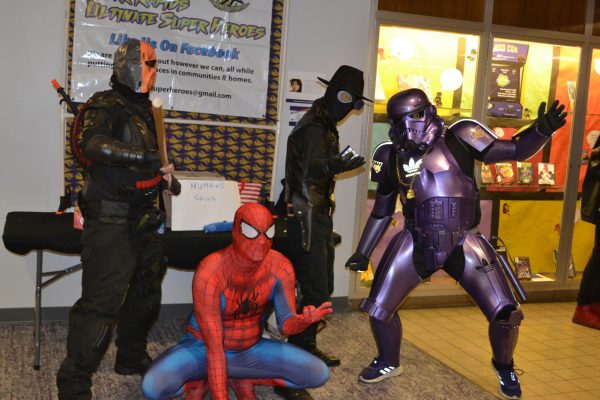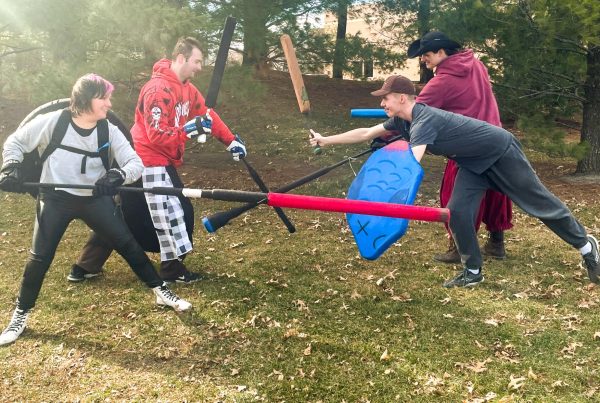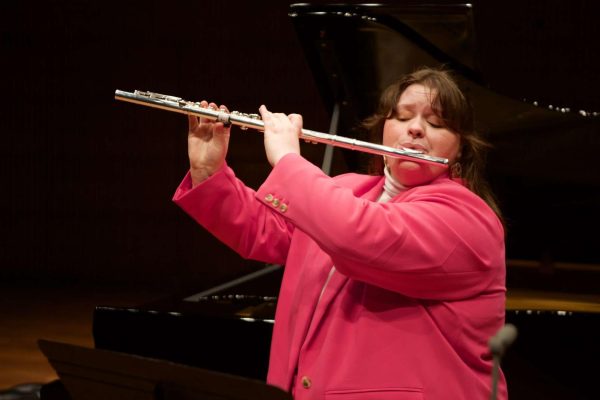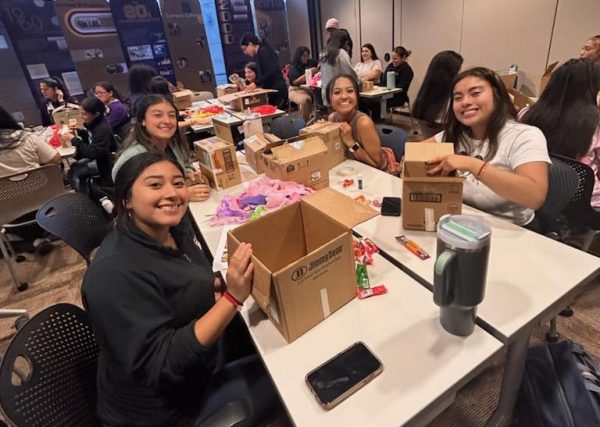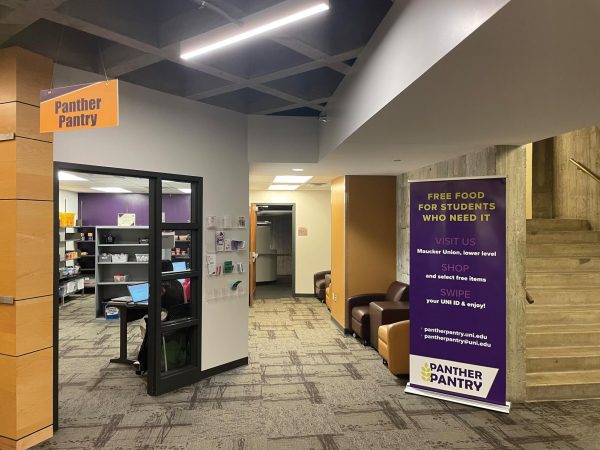Animals make greenhouse like a zoo
Mar 31, 2022
Editors Note: This article is originally from July 26, 1946. When this article was written UNI was called Iowa State Teachers College.
Greenhouse or zoo; take your pick. Teachers College calls it a greenhouse but that is a questionable definition of the glass structure south of the Vocational building.
In fact the college greenhouse has a variety of plants and animals extending from banana plants to tadpoles.
Probably that first indication of the sideline in the greenhouse will come to a visitor as he passes from the tropical plants to the office. To the left of the transparent passageway is a large cage containing two horned owls.
Besides two adult owls that greenhouse possesses a two month old screech owl. It is the most recent acquisition of Roger Wardin, foreman of the greenhouse.
A few feet to the left of the screech owl are two cages, each containing a Hamster mouse. Thy have cinnamon-colored fur with pinkish feet and nose. Hamster mice have bob tails, rather long legs and pouches inside their cheeks. Their adult size is about that of a half grown rat. They are natives of Eastern Germany.
Amphibious, Aquatic Animals
Amphibious and aquatic animals make up a large portion of the greenhouse menagerie. Some of those exhibited are turtles, alligators, frogs, toads, snails, tadpoles and various kinds of fish.
The four varieties of turtles exhibited are the western painted, box blanding and snapping turtles. Western painteds obtained their name from the yellow red and black markings on their underside.
Box turtles are the kinds found in and near the creeks and rivers of this vicinity. Snapping turtles are green shelled. The largest snapping turtle is about 75 years olf. He has been a resident of the greenhouse for approximately 27 years. As snapping turtles are dangerous visitors are cautioned to exercise care while near them.
Located near the turtles are two Florida alligators have two eyelids. One is transparent and the other opaque. The transparent lid is closed while the alligator is under water. When sleeping, they close the opaque lid.
Fish Pools All pools containing fish are clearly marked by the presence of a screen on the top edges of the pool which keeps the fish from jumping out. Even this precaution does not always prevent a disaster as in the case of the wall-eyed and northern pike.
Mr. Wardin believes the animals are of a real value to the students from the standpoint of the personal satisfaction and curiosity.








